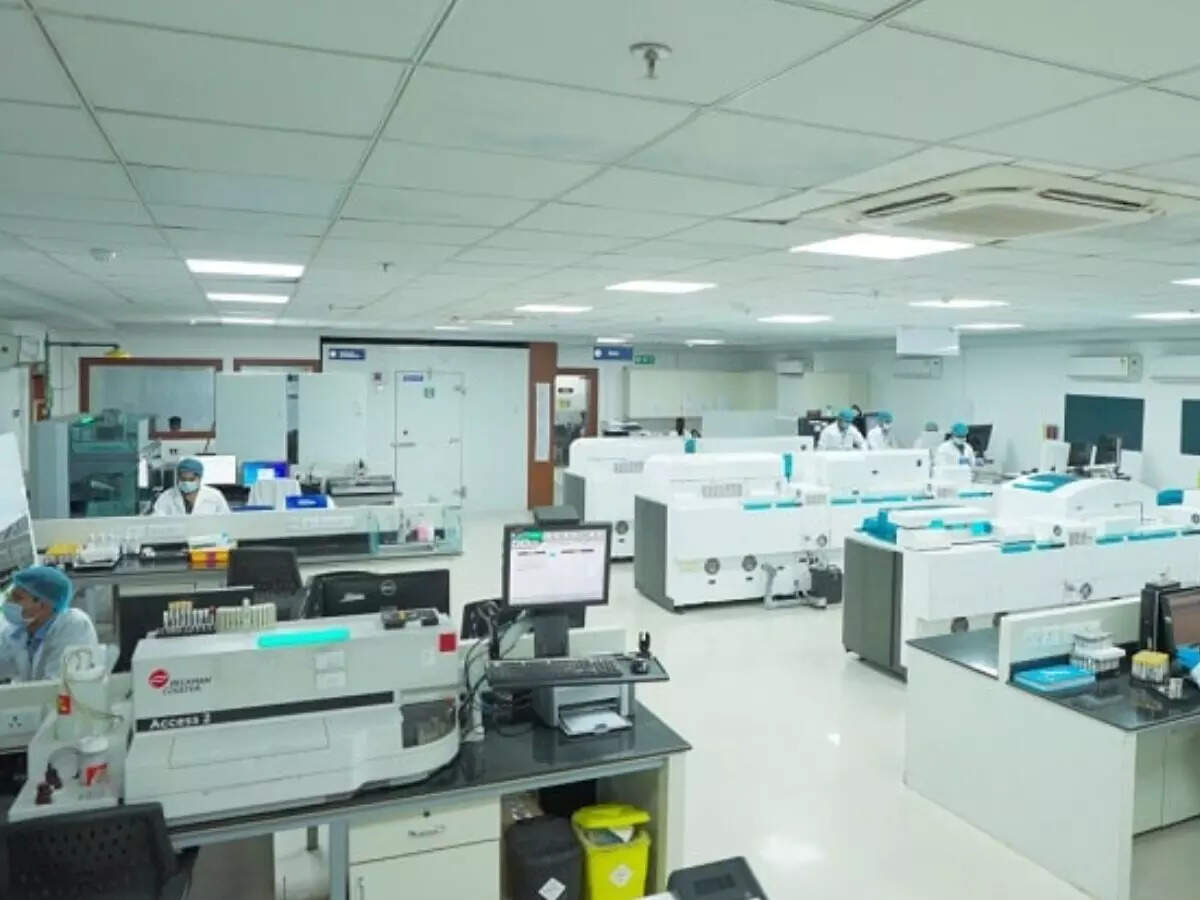- Diagnostics
- 2 min read
Redcliffe Labs achieves Six Sigma score or above
Six Sigma metrics is a world-class methodology designed to improve laboratory processes by reducing defects and errors, minimising variation, and enhancing quality and efficiency. A score of three sigma is the minimum acceptable level, reflecting 6.68 per cent defects per million. At five sigma, the defect rate drops to 0.023 per cent per million, while a six-sigma score represents 0.0003 per cent defects per million which means 99.99966 per cent of the process output meets test accuracy requirements.
Six Sigma Metrics is a world-class methodology designed to improve laboratory processes by reducing defects and errors, minimising variation, and enhancing quality and efficiency. A score of three sigma is the minimum acceptable level, reflecting 6.68 per cent defects per million. At five sigma, the defect rate drops to 0.023 per cent per million, while a six-sigma score represents 0.0003 per cent defects per million which means 99.99966 per cent of the process output meets test accuracy requirements. The recent study reflects that approximately three in four of the tested analytes at Redcliffe Labs reached a Six Sigma score or above, which is a remarkable achievement to ensure the report's correctness and a global benchmark for excellence in labs.
The comprehensive study conducted in June 2024 covered nine platforms and three departments — biochemistry, haematology, and immunoassay. The analysis was performed on equipment from Abbott, Horiba, and Roche. The study has shown a significant increase in parameters meeting Six Sigma standards compared to the baseline performance of the previous study within the biochemistry and immunoassay departments.
In biochemistry, the scope was broadened by incorporating parameters on Roche, expanding the total number of parameters to 42, up from 20 in the previous study conducted in September 2022. In immunoassay, it now included 19 parameters, a significant increase from the five previously studied.
The company has defined the problems, measured performance, and analysed the root causes to improve and control the solutions for better patient outcomes. By maintaining control over processes, the organisation has completed the cycle, which has significantly revolutionised lab operations in terms of quality standards.
Dr Gupta said, "By rigorously applying Six Sigma principles, we have not only enhanced the quality of our diagnostic services but also have set a new standard in the industry. High Six Sigma scores, with approximately three in four of our analytes meeting this rigorous standard, is a significant achievement."
The company has achieved standardised lab functions, ensured continuous quality monitoring, and improved diagnostic accuracy. The study also identified low-performing parameters, allowing the lab to take targeted corrective actions that improved turnaround times, reduced costs, minimised repeat tests, and enhanced inventory control while fostering a strong culture of quality in the organisation.



COMMENTS
All Comments
By commenting, you agree to the Prohibited Content Policy
PostBy commenting, you agree to the Prohibited Content Policy
PostFind this Comment Offensive?
Choose your reason below and click on the submit button. This will alert our moderators to take actions